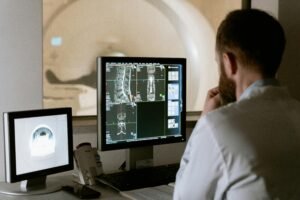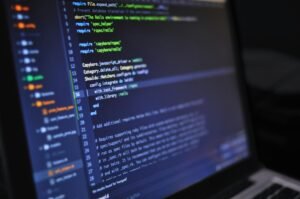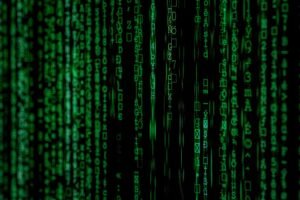Seismic Shift: The AI Predicting Earthquakes

The AI Predicting Earthquakes
In the heart of our planet’s restless surface lies a story of relentless energy, a tale that unfolds with every tremor, every quake. It’s a narrative that has long remained elusive, a mystery wrapped in the earth’s deep, enigmatic layers. Yet, today, a groundbreaking ensemble of pioneers, wielding the almighty power of artificial intelligence (AI), stands on the brink of unraveling this ancient saga. These unsung heroes, far from the Silicon Valley giants, are harnessing AI’s prowess to forecast the unfathomable: the when, where, and how of earthquakes.
Boldly leading this charge is QuakeFinder, a trailblazer in the realm of earthquake forecasting. With an arsenal of over 70 sensors spread across California’s quake-prone expanse, QuakeFinder’s AI sifts through terabytes of data, searching for the subtle electrical signals that whisper of impending quakes. Their research, a beacon of hope, suggests that these electrical anomalies could serve as a 72-hour advance warning, a precious window that could save countless lives.
Not far behind in this seismic crusade is SeismoCloud, an initiative that turns ordinary smartphones into a vast, interconnected network of earthquake sensors. By tapping into the accelerometers built into these devices, SeismoCloud’s AI can analyze the collective data in real-time, offering a unique, grassroots approach to earthquake detection that democratizes safety in an unprecedented way.
Crossing continents, GeoCosmo emerges as another formidable force. Their approach? Monitoring the Earth’s atmosphere for certain gases released through micro-cracks in the crust pre-earthquake. GeoCosmo’s AI algorithms are designed to detect these subtle changes, potentially offering days of advance notice before a quake strikes, opening new avenues for evacuation and preparedness strategies.
SkyAlert takes a different tack, integrating AI with satellite technology to detect slight changes in the Earth’s surface that may indicate an impending quake. Their system is a testament to the power of looking at old problems through new, technological lenses, providing critical data to emergency services and the public alike.
Lastly, the Institute of Earthquake Forecasting and Mathematical Geophysics in Russia is pioneering AI applications in seismic risk assessment. Their work, deeply rooted in complex mathematical models and vast seismic data sets, aims to identify patterns that precede earthquakes, offering a new layer of predictive accuracy that was once thought impossible.
The Path Forward – The AI Predicting Earthquakes
As these innovative entities push the boundaries of what’s possible, they not only offer a glimpse into a future where the unpredictability of earthquakes is significantly diminished; they also underscore the transformative potential of AI across disciplines. This is not just about AI predicting earthquakes; it’s about reimagining how we interact with our planet, how we protect our communities, and how we foresee the unforeseeable.
The journey of these pioneers is a testament to human ingenuity and resilience, a reminder that within the vast, untapped potential of AI lies not just the power to predict the earth’s most mysterious phenomena but also the opportunity to safeguard humanity’s future.


















